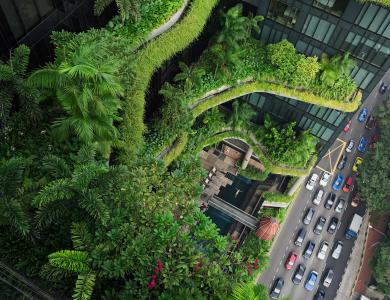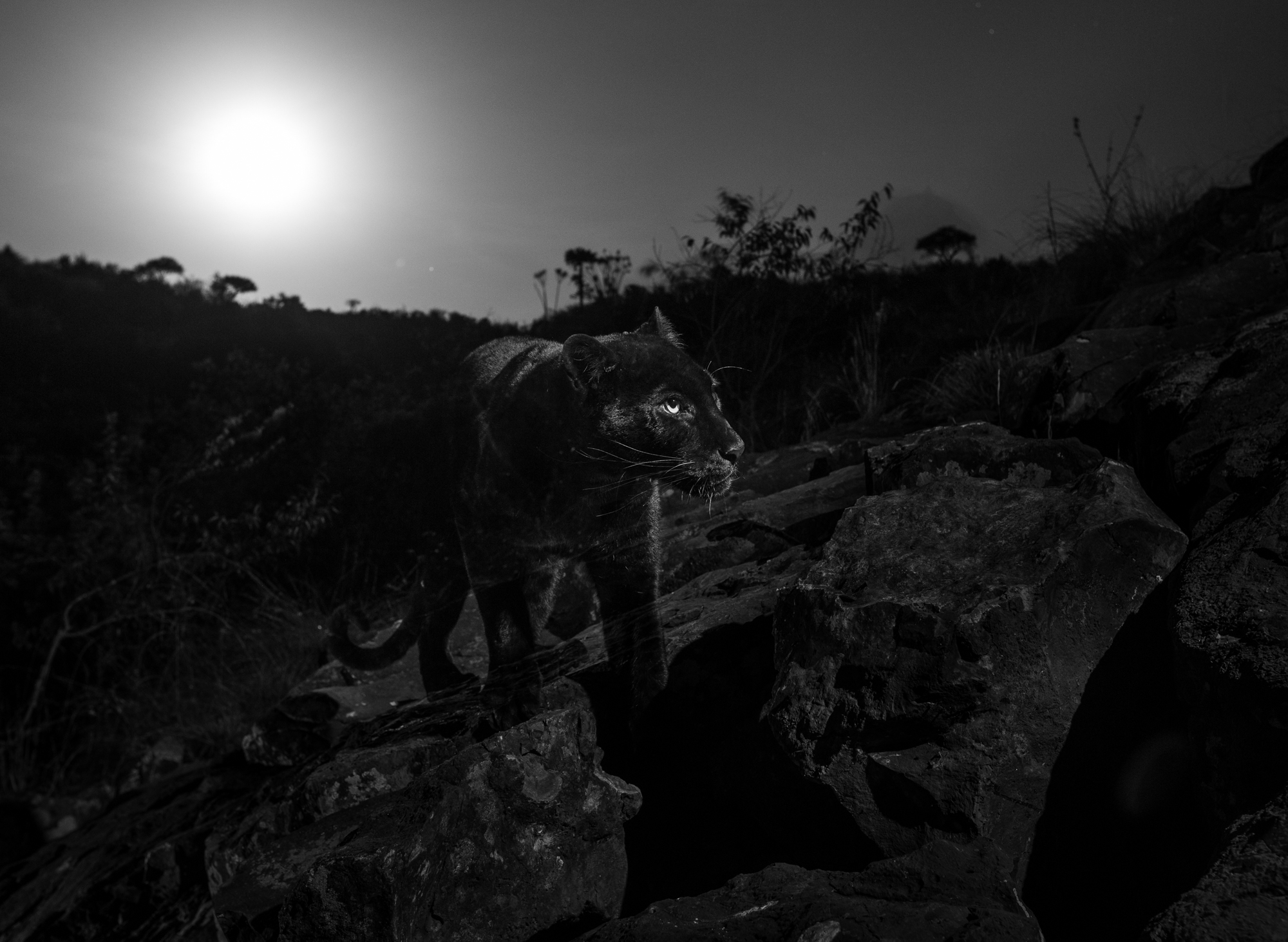
Wildlife photography can often be placed into two categories: the beautiful or the shocking. Frequently we’re faced with either the grand and glorious portraits of the planet’s most captivating species or the sobering shots that shed light on our continual abuse on the natural world. The work of Will Burrard-Lucas, however, offers a perspective that cannot be so easily pigeonholed.
The 35-year old British wildlife photographer is best-known for his close-up, wide-angle shots of Africa’s animals roaming the country’s great plains. We see elephants, meerkats, lions and buffalo not placed center frame for us to marvel at but shown within their natural habitat, conducting their natural behavior. Perhaps then, we could see his photographs more like frames from a nature documentary film rather than straight stills.
‘There are so many good individual wildlife images out there today that really, to do anything that gets noticed it’s got to either be a set that really tells a story or shows people something they’ve never seen before.’
As much an inventor as he is a photographer, Will’s award-winning approach is made possible through his ingenious BeetleCam (a remote-control buggy for your DSLR camera) and sophisticated camera traps. Building devices which allow his camera access to places where no human could safely go, Will photographs animals as they are, inches away from his lens.
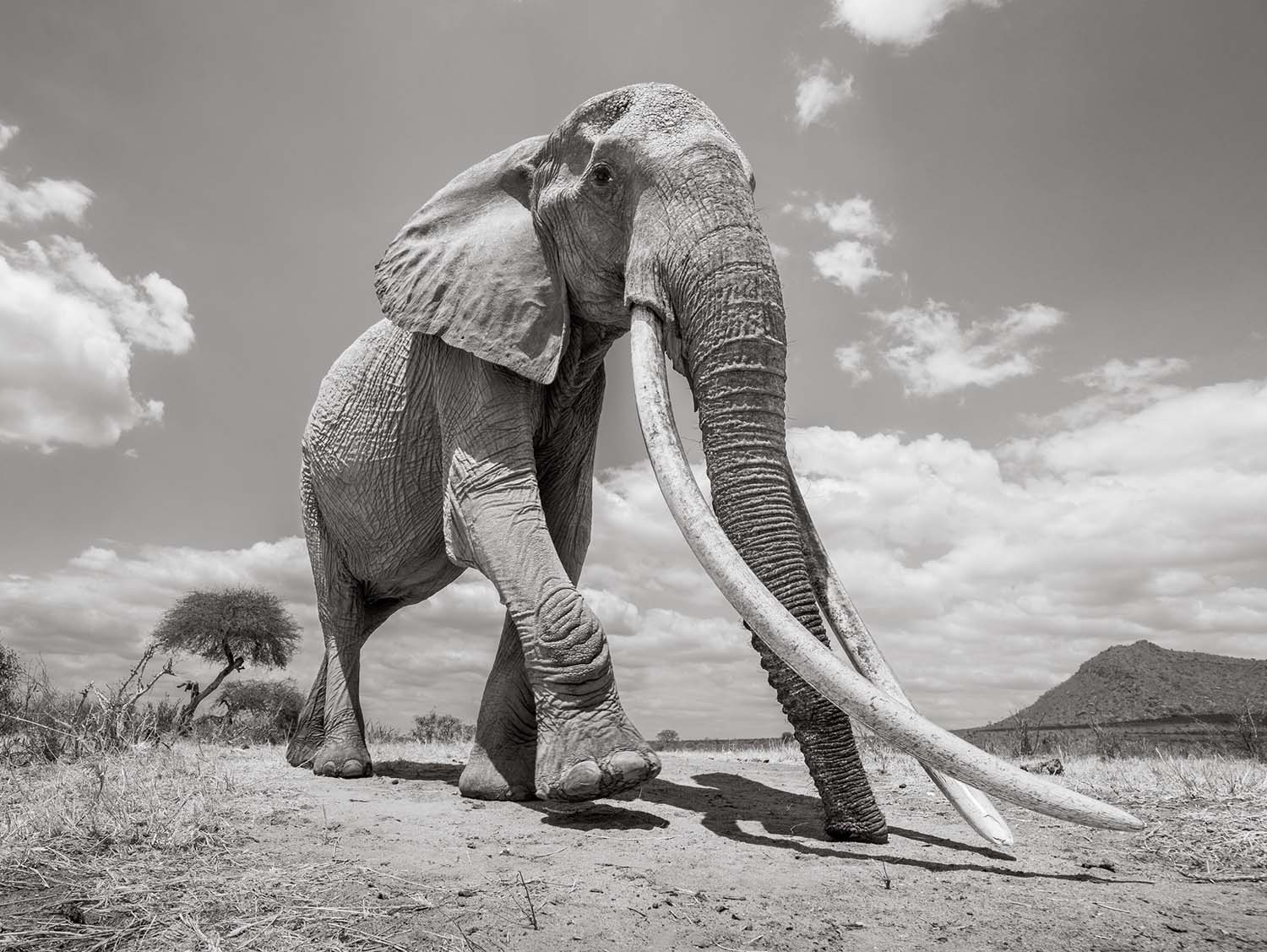
This far more intimate perspective opens up possibilities to document species that might otherwise go unseen, as we saw earlier this year with Will’s historic photographs of the melanistic African leopard. The first high-quality camera trap images of a big cat with melanism (a rare condition, opposite to albinism) in Africa, the extraordinary pictures received global exposure from The Guardian, Washington Post, Vice and BBC, amongst others.
‘That story just grew a life of its own, it really did explode,’ says Will when we meet. Speaking about the lead up to the series, he tells me: ‘It was a real long shot, trying to photograph such a rare, elusive animal. I was only going out to Kenya for a couple of weeks, so I thought my chances of getting anything would be pretty low.’ Thanks to a tip off from a few friends in the tourism industry, Will’s expertise – and a little serendipity – meant that within three nights of setting up his complex system of camera traps he’d captured images of the young male prowling the Laikipia Wilderness Camp.
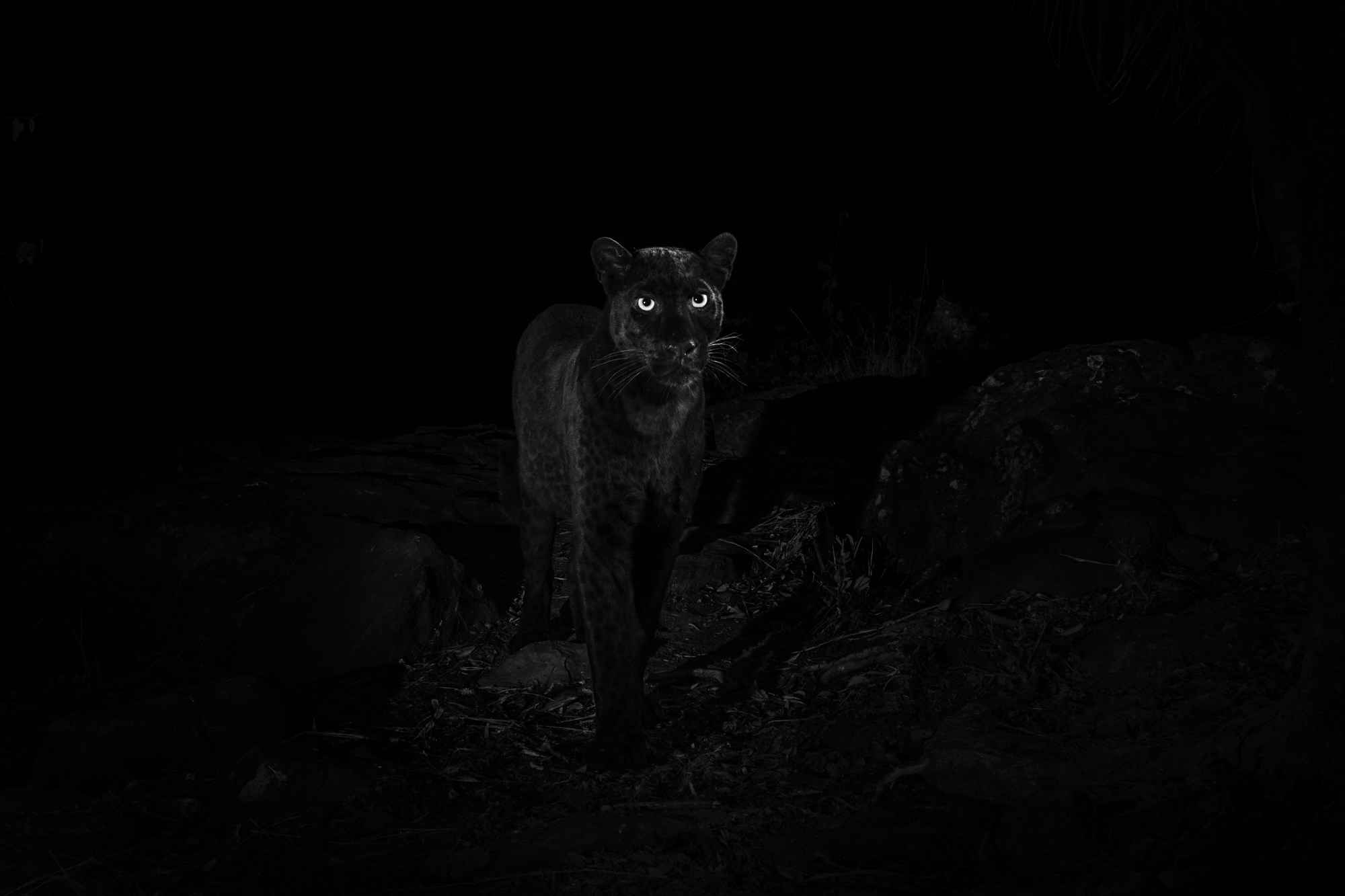
With its jet black fur and hypnotic glowing eyes set against the inky night sky, the minimalist photograph shows us nature at its most beautiful: an elegant wild animal exploring its natural environment. ‘Those camera traps are still running at the moment, I’ve been gathering shots since January,’ says Will, excitedly. ‘With these shots – and my nocturnal work in general – I’m trying to distil the composition down to the essence of the animal as simply but as beautifully as possible.’ He continues: ‘Photographing with camera traps at night is quite a new technique. There are so many good individual wildlife images out there today that really, to do anything that gets noticed it’s got to either be a set that really tells a story or shows people something they’ve never seen before.’
"I think working towards a series of images is a good challenge for you as a photographer."
Despite a successful career at a leading accounting firm in London, in 2010 Will left his day job and dedicated his life to photography. Dissatisfied with the performance of conventional cameras, Will put his physics degree to good use and experimented with inventing his own kit. ‘I’m always trying to think about how I can use technology to capture something that hasn’t previously been possible,’ says Will.
His distinctive style captured the attention of the World Photography Organisation when he won first place for his nocturnal pictures of lions and hyenas in the 2017 Natural World and Wildlife category in the Sony World Photography Awards’ Professional competition. Achieving these shots with a single exposure in-camera via the remote control BeetleCam, the images are no small feat when considering technique: ‘I had to use manual focus and judge the distance between the camera and subject by eye, as there wasn’t enough light to rely on autofocus,’ writes Will on his blog.

Alongside his category win Will received the Sony Grant, an award given to four Professional competition category winners each year. Invited to create entirely new works or develop a long-term project of their choice, Grant recipients are gifted $7,000 (USD), plus the latest digital imaging kit from Sony. Will created Land of Giants, a wonderful project on Africa’s great tusker elephants. Spending months photographing in the Tsavo Conservation Area, the series is a spectacular photographic record of the remarkable animals undisturbed in their natural habitat. The project led to a partnership with Tsavo Trust and Kenya Wildlife Service and Will developed the collection into a self-published book released in April of this year. ‘Sony’s support funded the crucial, early stages of this project. It took about a year and a half in total. Land of Giants is my third book but this one I did it all myself – from the design to the distribution. It’s wonderful to know every pixel in the book has been laid out by me; it was hugely satisfying albeit an incredible amount of work!’
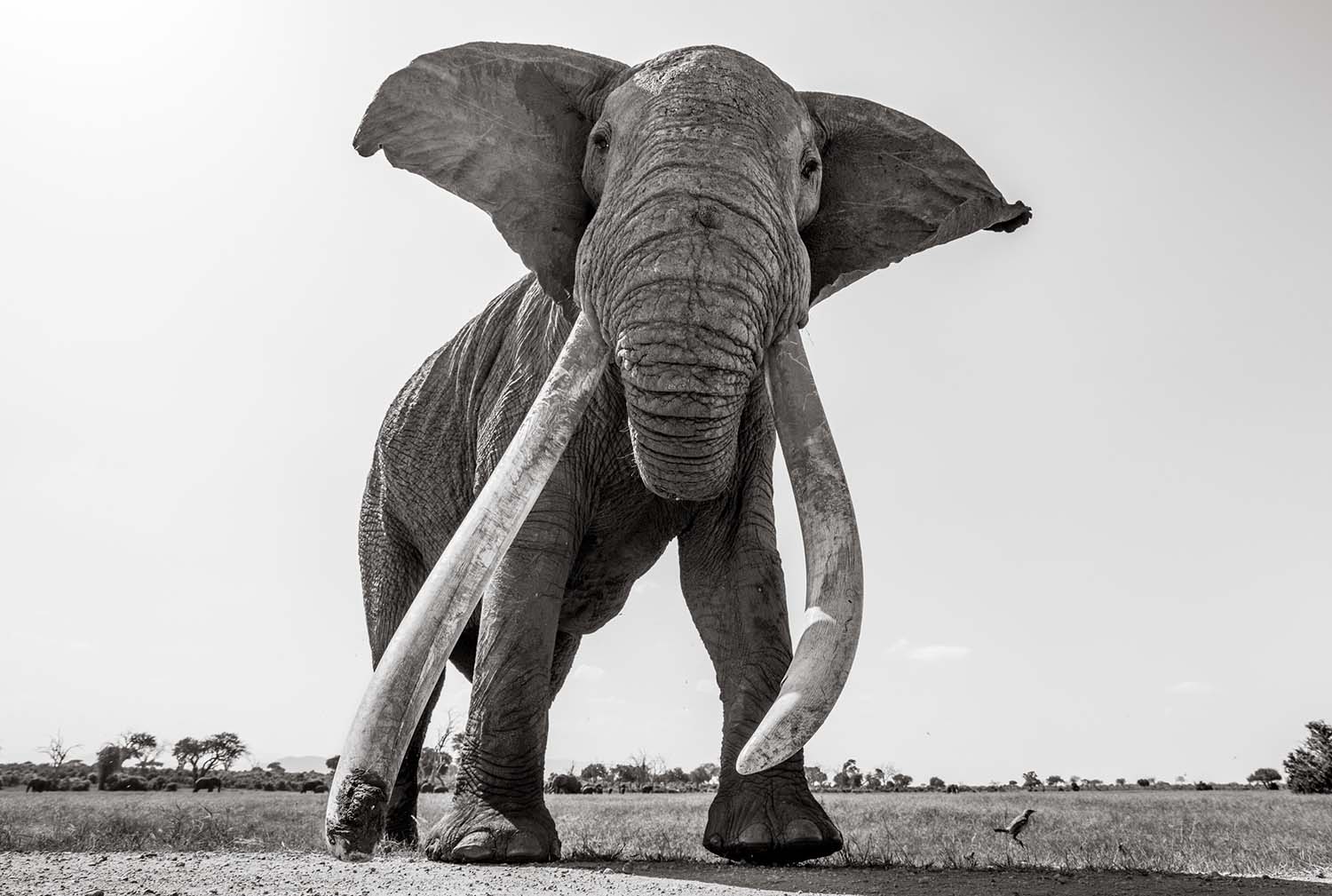
See Will Burrard-Lucas' portfolio
Follow him on Instagram
Discover more about his Land of Giants book
Do you have a compelling set of images you think could win prizes? Enter our Professional competition for free!


